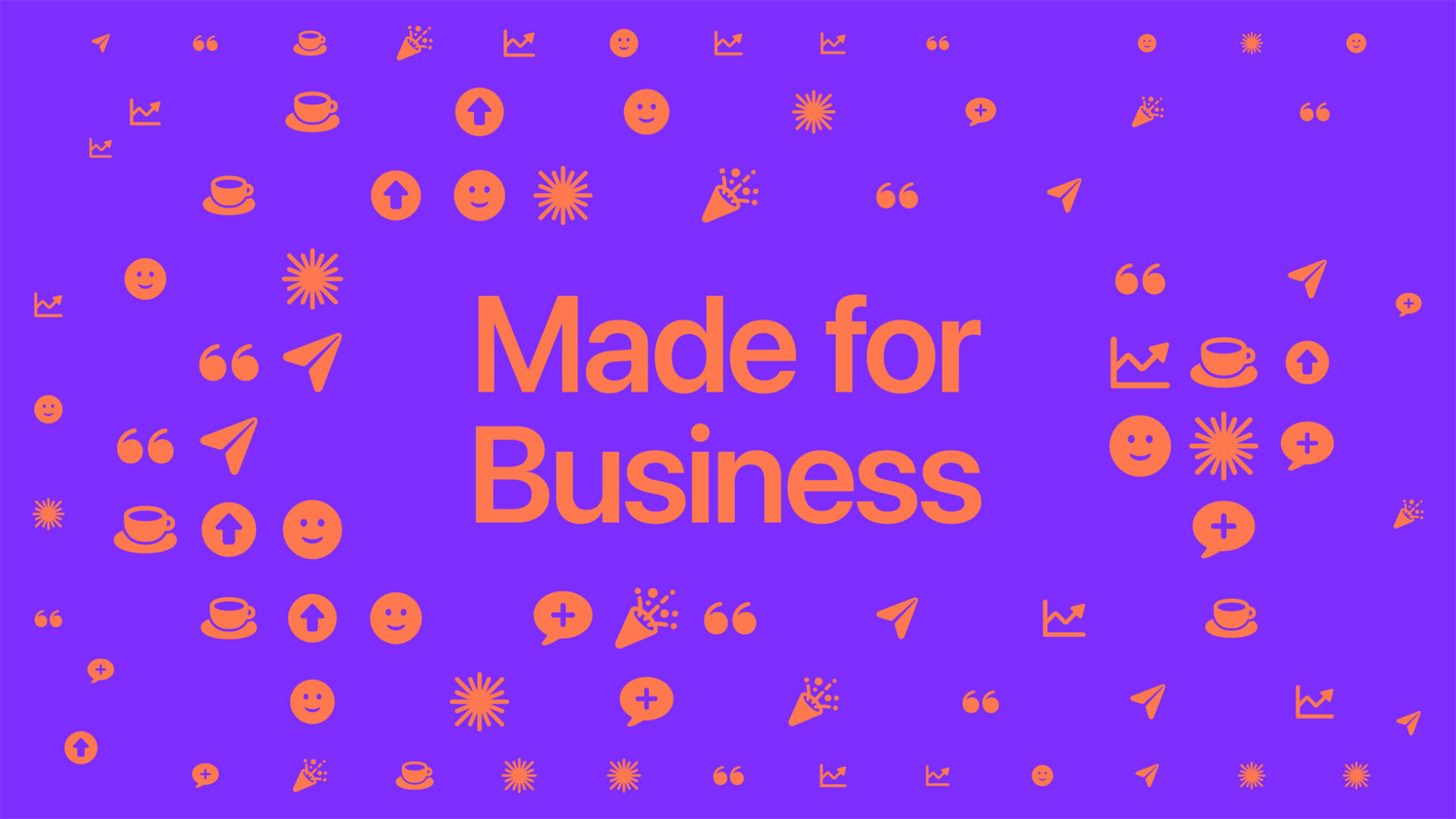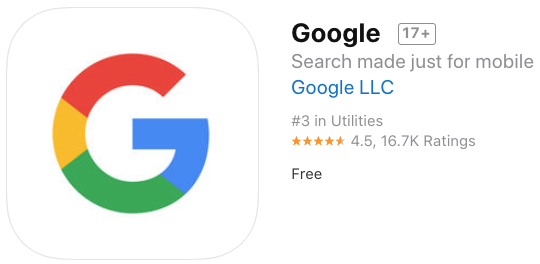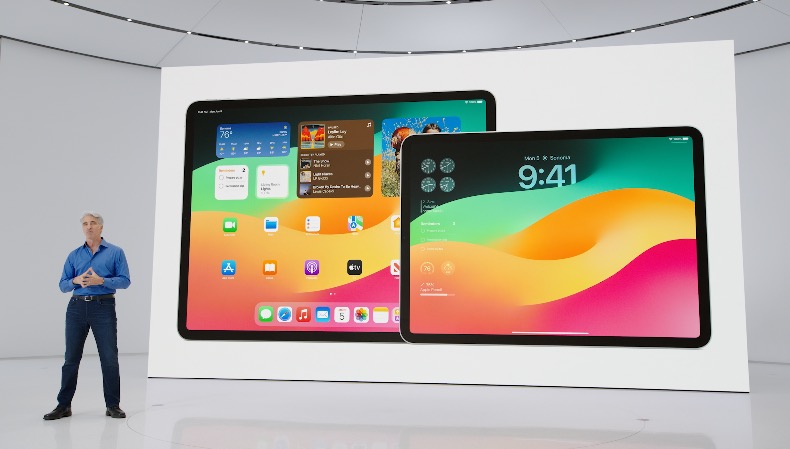
Google’s iOS Apps to Embrace Apple’s Design Language Moving Forward

In a recent blog post, Six Colors‘ Jason Snell reported that all Google apps for iOS will now be moving towards embracing Apple’s design language, conventions, and user interactions for the platform instead of imposing what can only be described as a custom-built Android-like experience on iOS users.
The scoop comes from Jeff Verkoeyen (@featherless), a staff engineering lead for Google Design on Apple platforms who, in a Twitter thread earlier this week, announced that Google shifted all of its open source Material UI component libraries for iOS into “maintenance mode” this year.
This year my team shifted the open source Material components libraries for iOS into maintenance mode. Why?
A 🧵…
— Jeff Verkoeyen (@featherless) October 7, 2021
Ever since Google’s apps debuted on iOS with Google Maps in 2012, the Google Design on Apple Platforms division has married UI components and conventions from Android to what Apple’s UIKit had to offer, creating a shared user experience that was neither entirely Android nor completely iOS, and simply felt foreign to most users of the latter.
Now, with the introduction of SwiftUI and the leaps UIKit has made in iOS 14+, Google no longer feels the need to develop its own solutions for many of the UI elements, controls, and user interactions that used to be custom-built.
Instead, Google’s apps will simply use Apple’s stock solutions, with light brand touches added where necessary.
The time we're saving not building custom code is now invested in the long tail of UX details that really make products feel great on Apple platforms. To paraphrase Lucas Pope, we're "swimming in a sea of minor things", and I couldn't be more excited about this new direction.
— Jeff Verkoeyen (@featherless) October 7, 2021
The result will be apps that feel much more natural and iOS-like to iPhone and iPad users, have much better synergy with the Operating System, and will also be updated faster.
The time and resources Google developers save by making the transition will allow them to focus more on app utility and the overall User Experience, and the custom components they do build for apps will be relatively more refined and complete.
As Snell so eloquently puts it, “it’s easier to be a standard iOS app on iOS.”

